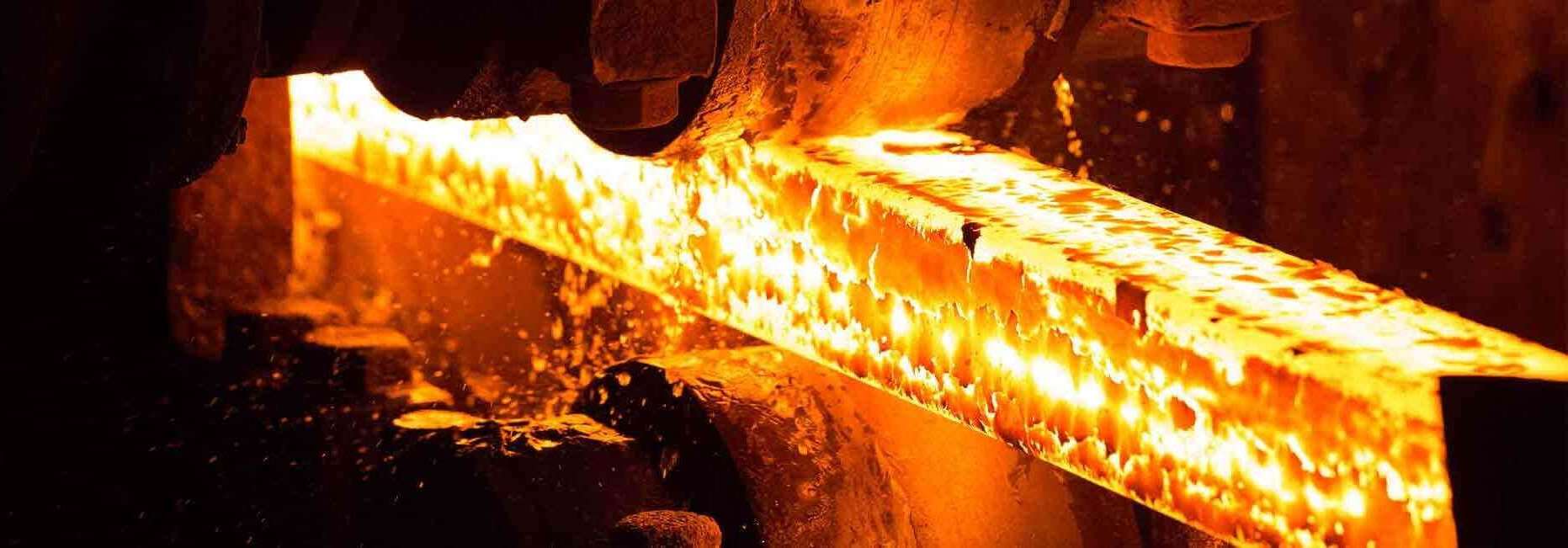When it comes to home renovation, the details can make all the difference. One often overlooked element is the baseboard, or base molding. Baseboards not only serve a functional purpose by covering the joint between the wall and the floor, but they also add a finishing touch to your decor. In this comprehensive guide, we will explore how to select the perfect baseboard molding for your space.
Understanding Baseboard Molding
Baseboards come in various styles, sizes, and materials. Understanding the fundamentals will help you make informed decisions when selecting the right baseboard for your home.
Types of Baseboard Molding
- Classic or Traditional: Typically taller with a rounded top edge, these provide a timeless look and are perfect for vintage homes.
- Modern: Sleeker and often simpler in design, modern baseboards emphasize clean lines and minimalism.
- Crown Molding Baseboards: A decorative option that combines the capping of the ceiling and the baseboard into one cohesive design.
- Scotia Molding: Used to fill the gap between the baseboard and the flooring, adding a polished look.
Key Considerations for Selecting Baseboard
Choosing the right baseboard involves several crucial factors. Below are key points to consider:
- Height: Taller baseboards can make a room feel more elegant but may need proportional ceilings.
- Material: Pine, MDF, and hardwood each have their pros and cons in terms of durability and cost.
- Style: Match the molding style to your home’s architectural style for a cohesive appearance.
- Finish: A painted baseboard can easily blend with wall colors or stand out for a statement look.
Baseboard Materials Explained
Here’s a table to contrast the different materials used for baseboard molding:
| Material | Durability | Cost | Maintenance |
|---|---|---|---|
| Pine | Medium | Low | Paint or stain occasionally |
| MDF | Medium | Low | Requires periodic touch-ups |
| Hardwood | High | High | Minimal, but may require refinishing |
| Vinyl | High | Medium | Easy to clean |
Styling Your Baseboard
Once you've selected the right baseboard for your space, the next step is to style it. Below are a few tips:
Color Coordination
Decide if you want your baseboards to blend in with the wall color or stand out. Here are some ideas:
- Same Color: Paint baseboards the same color as your walls for a seamless look.
- Contrasting Color: Choose a bold color to make the baseboards a focal point.
- Natural Wood: If using wood baseboards, consider staining them to show their natural grain.
Finishing Touches
Ultimately, you may want to add some decorative elements:
- Quarter Round: This can soften the edge where the baseboard meets the floor.
- Crown Molding: Adding crown molding can provide a luxurious transition from wall to ceiling.
Installation Tips for Baseboard Molding
Installing baseboards can be a DIY project, but proper tools and techniques can make it easier:
Required Tools
- Measuring tape
- Chop saw or miter saw
- Nail gun or hammer
- Level
- Caulk and caulking gun
Step-by-Step Installation Process
- Measure your walls and cut the boards to length.
- Use a miter saw for angled cuts at corners.
- Attach the baseboards to the wall using nails or adhesive.
- Check for level to ensure straight lines.
- Fill any gaps or nail holes with caulk or wood filler.
- Paint or stain as desired.
FAQs About Baseboard Molding
What is the standard height for baseboard molding?
The average height typically ranges from 3 to 5 inches, but taller options are also available based on personal preference and room design.
Can I mix different styles of baseboard molding?
It is generally recommended to maintain consistency in style for a unified look, but unique combinations can also add interest if done thoughtfully.
How often should I repaint or stain my baseboards?
This depends on wear and tear, but generally, you should expect to repaint or stain every 5-10 years, or sooner in high-traffic areas.
Conclusion
Choosing the right baseboard molding is essential for enhancing the overall aesthetic of your home while providing practical benefits. From understanding the different materials and styles to installation tips, this guide aims to equip you with all the necessary knowledge. By paying attention to details and planning accordingly, you can transform your space beautifully. Remember to balance aesthetics with functionality, ensuring that your chosen baseboards harmonize with the rest of your home's design.



